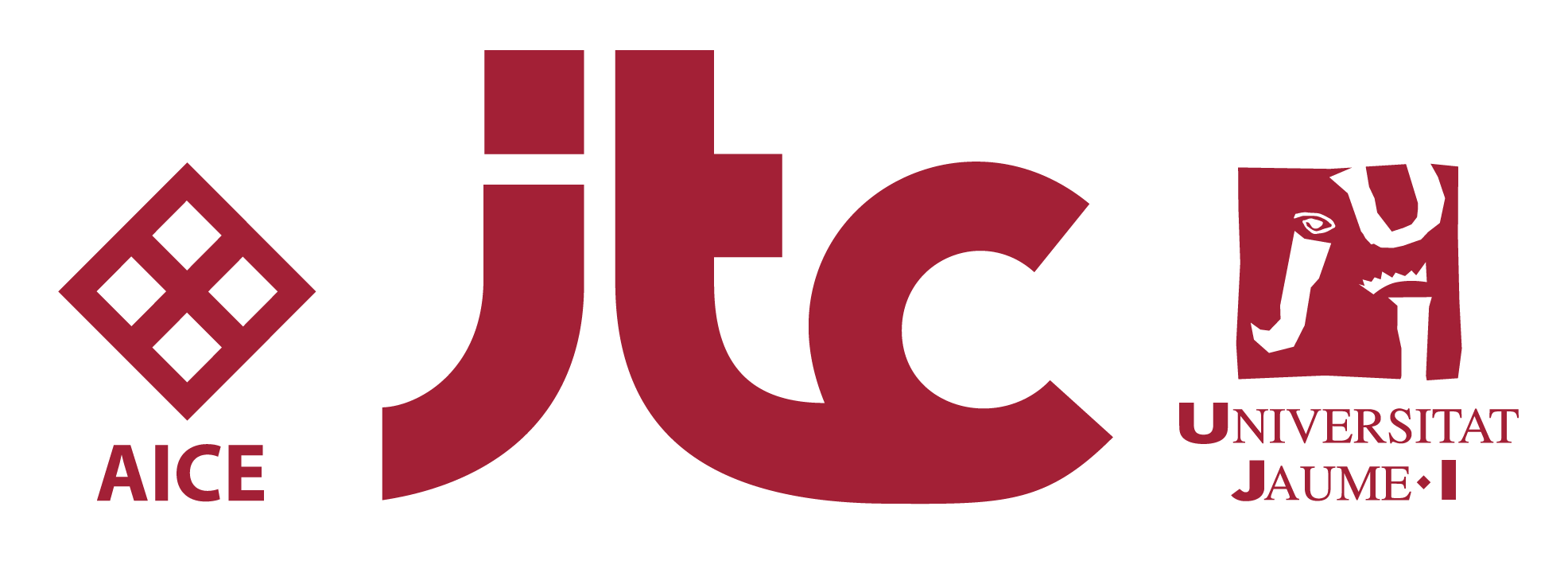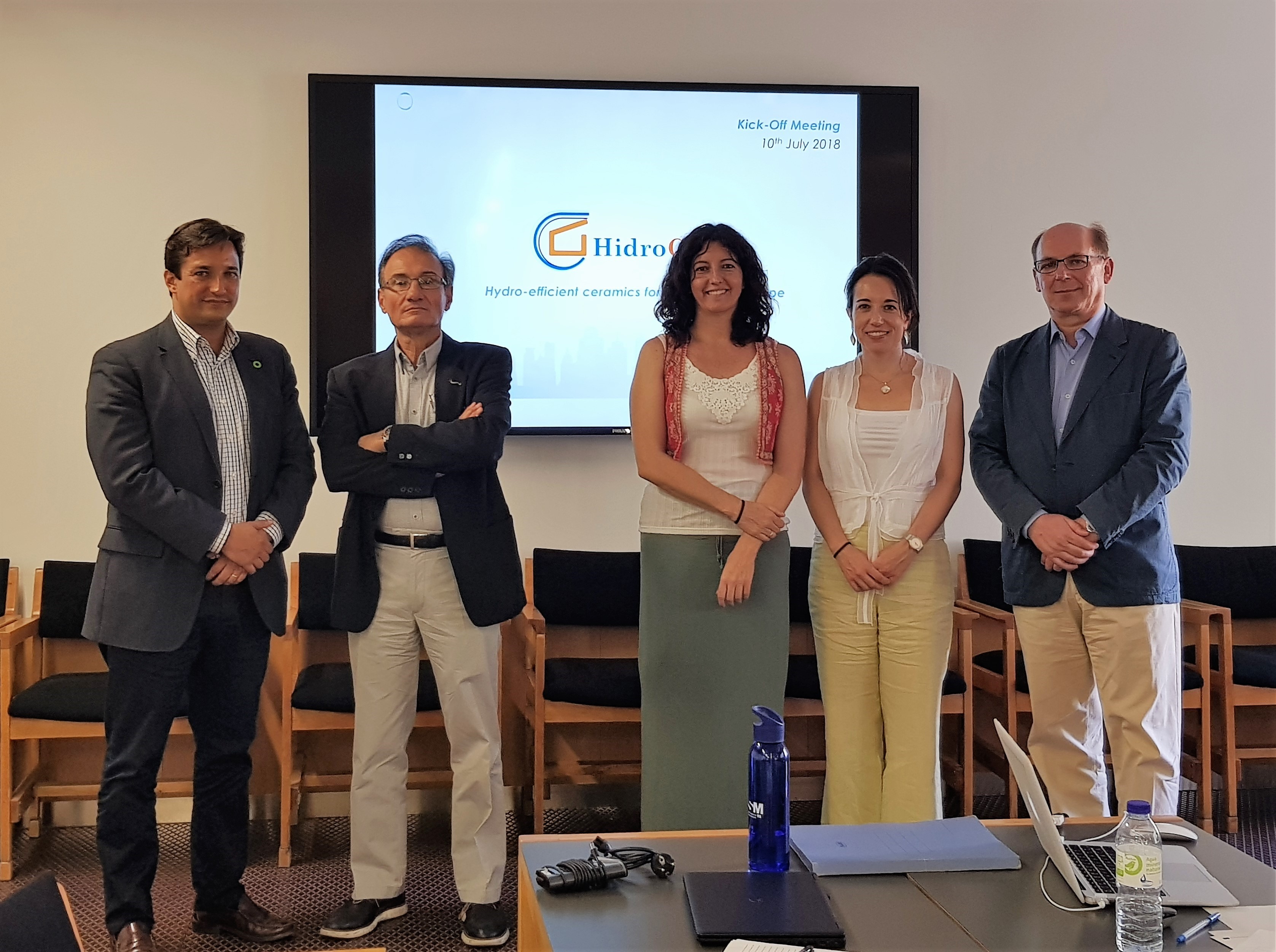 La cerámica hidroeficiente #HidroCer es un sistema que regula la temperatura de la envolvente de un edificio, con capacidad de reducir en más de un 90% la demanda actual de refrigeración en edificios en regiones de clima mediterráneo, mediante enfriamiento por evaporación. Se han estimado reducciones de más del 90%, sin necesidad del uso del aire acondicionado.
La cerámica hidroeficiente #HidroCer es un sistema que regula la temperatura de la envolvente de un edificio, con capacidad de reducir en más de un 90% la demanda actual de refrigeración en edificios en regiones de clima mediterráneo, mediante enfriamiento por evaporación. Se han estimado reducciones de más del 90%, sin necesidad del uso del aire acondicionado.
The Bioclimatic Architecture in a Sustainable Environment (ABIO) research group at the Universidad Politécnica de Madrid (UPM) and the Instituto de Tecnología cerámica (ITC) located at the Universitat Jaume I (UJI) in Castellón form the consortium in charge of bringing the #HidroCer laboratory technology to market. The project is carried out through funding obtained from the European Institute of Technologyinitiative Climate KIC against climate change.
With the recent publication of the EU Energy Efficiency Directive on 30 May, emissions are further limited and the renovation of the built stock is promoted as a key strategy in this reduction. On the other hand, new buildings must already be Nearly Zero Emissions Buildings (nZEB). Therefore, a growing market demand is expected for systems that allow to reach the comfort temperature inside the building without using air conditioning equipment. #HidroCer aims to position itself at a key moment for the construction sector, which is undergoing a change in its building model.
#HidroCer is easily integrated into current ventilated facade systems, both for new construction and for renovation. This ceramic transpires, evaporates and manages to maintain its surface temperature well below the high exterior temperatures of summer with very little water consumption, without any other external input of energy and with only 2.5 cm thick.
By reducing the temperature of the building envelope and emissions into the atmosphere, the "urban heat island" effect is mitigated and air quality in cities is improved.



